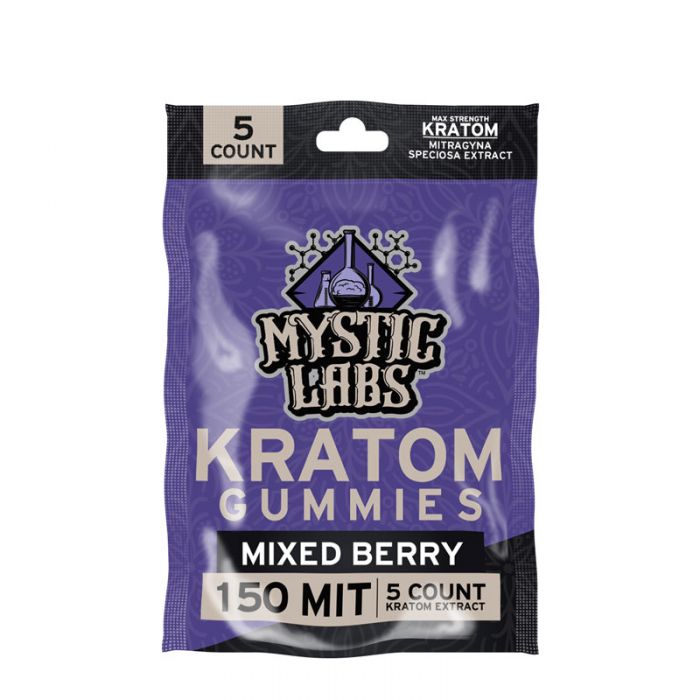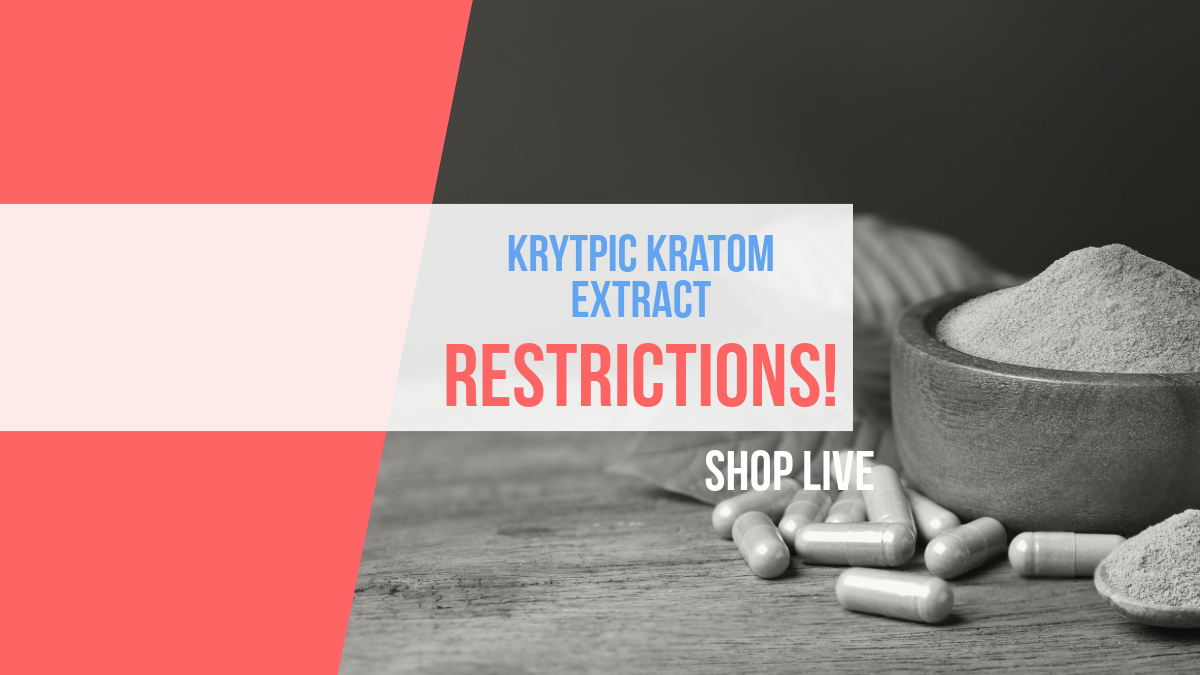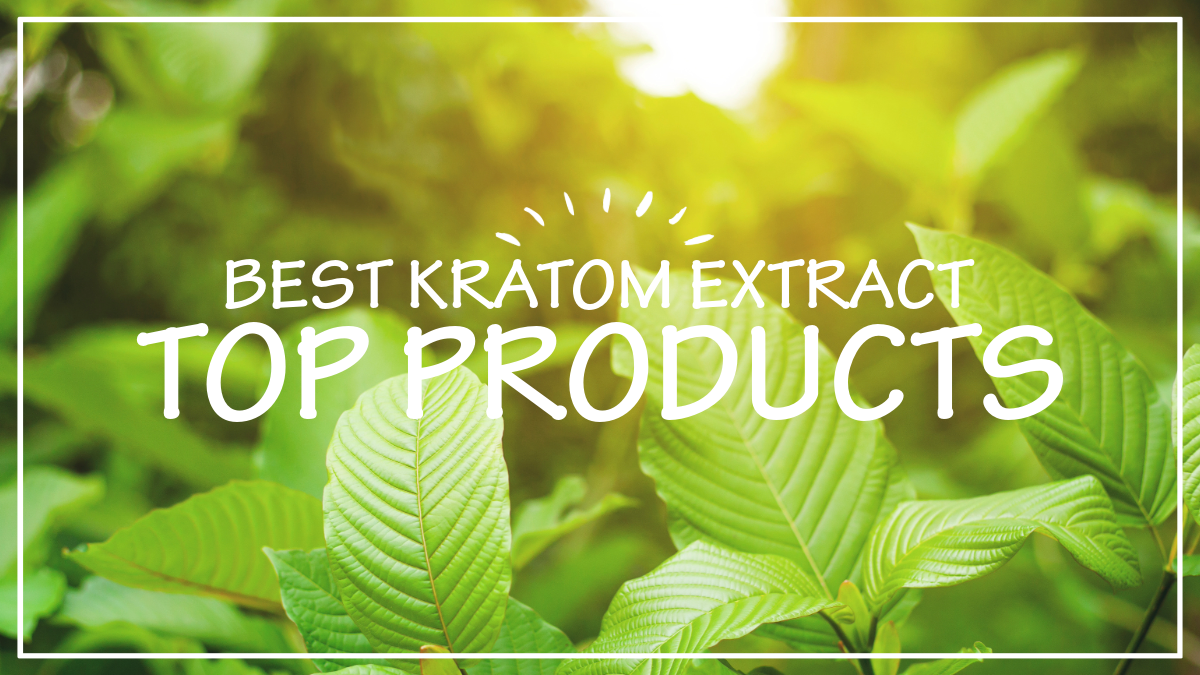In the quest for natural remedies, many turn to plant-based supplements like kava and kratom for relaxation, pain management, and stress relief. Although both have gained popularity for their mood-altering effects, they stem from distinct origins and have different uses. With a growing interest in alternatives to traditional opioids, kratom capsules, and kava have surfaced as potential aids in promoting health and wellness. However, confusion often arises around the question: are kratom and kava the same thing? This article aims to shed light on their differences, legality, and potential risks.
Understanding the unique properties of kava and kratom is crucial for anyone exploring herbal remedies. This piece not only delves into their historical background and the compounds that contribute to their effects, such as mitragynine in kratom but also examines the legal environment surrounding their use. Through a detailed comparison, readers will gain clarity on the key distinctions between these two botanicals.
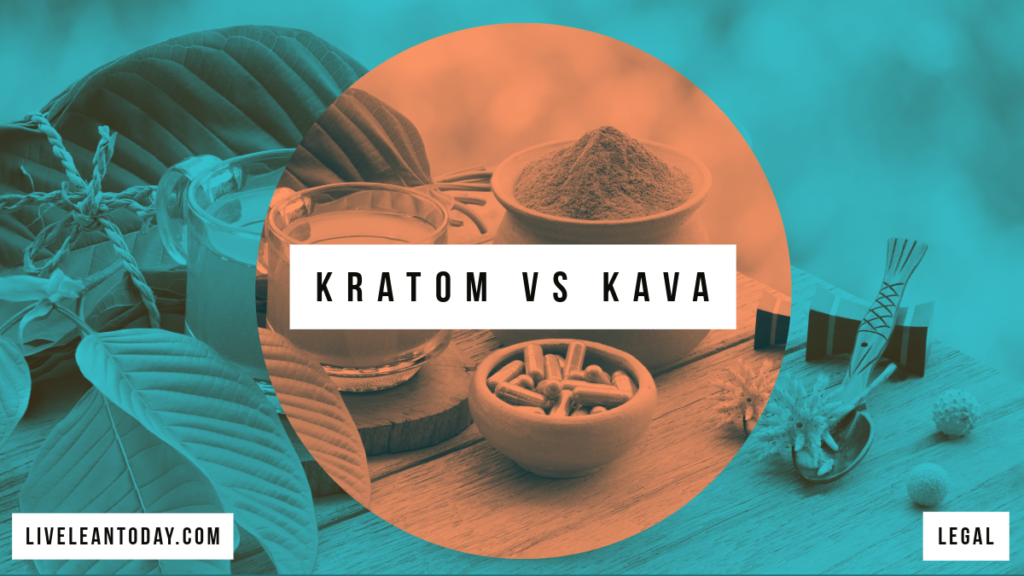
Understanding Kava
Kava, derived from the root of the Piper methysticum plant, holds a significant place in the cultural and medicinal landscape of the Pacific Islands. Its journey from traditional ceremonies to modern-day wellness circles underscores its calming and sedative properties. Here’s a closer look at Kava’s origins, preparation, and effects:
- Origins and Cultural Significance:
- Native to Pacific Islands such as Polynesia, Micronesia, and Melanesia, Kava plays a central role in social and spiritual ceremonies, symbolizing community and relaxation.
- The plant is scientifically known as Piper Methysticum, which translates to “intoxicating pepper,” reflecting its potent effects and geographic roots in places like Vanuatu, Fiji, and Hawaii.
- Preparation and Consumption:
- Traditional preparation involves grinding the kava root into a fine powder, steeping it in water, and then squeezing the mixture to create a brownish-colored drink consumed for its soothing effects.
- Kava is available in various forms including capsules, extracts, and drops, catering to a wide range of preferences and uses.
- Effects and Safety:
- The primary active compounds, kavalactones, interact with the limbic system, offering relaxation and stress relief without the risk of addiction.
- While generally safe at low doses and non-habit forming, long-term use or high doses can lead to side effects such as dry, scaly skin, or liver damage, though such cases are rare.
- Kava’s legal status is mostly unrestricted in the United States, contrasting with the more regulated kratom, due to its lack of addictive properties and fewer health risks.
Understanding Kava’s unique attributes, from its tranquil effects to its cultural roots, highlights the importance of considering individual needs and health conditions when exploring natural remedies.
Understanding Kratom
Kratom, derived from the Mitragyna speciosa leaves found in Southeast Asia, presents a complex profile with effects ranging from stimulant to sedative depending on the dose. This tropical tree, known by various names such as thang, kakuam, thom, ketum, and biak, has a history of use for medicinal purposes including pain relief and opioid withdrawal treatment. Here’s a deeper dive into Kratom’s characteristics:
- Origins and Consumption Methods:
- Native to countries like Indonesia, Thailand, and Malaysia, Kratom is a key part of traditional medicine in Southeast Asia.
- The leaves can be consumed in multiple ways: crushed and smoked, brewed as tea, chewed, or processed into gel capsules, dried, or powdered.
- Active Compounds and Effects:
- Kratom contains mitragynine and 7-hydroxymytragynine, alkaloids that interact with opioid receptors in the brain, producing effects similar to opioids such as morphine.
- At lower doses, it can increase alertness and energy, while higher doses tend to have a sedative effect.
- Legal Status and Health Considerations:
- While not controlled under the Controlled Substances Act in the U.S., Kratom’s legality varies by state, with some having regulations or prohibitions due to its opioid-like effects.
- Despite its potential for pain management and opioid withdrawal support, Kratom can be addictive, with risks of overdose, withdrawal symptoms, and serious side effects like nausea, liver damage, and psychosis in cases of addiction.
Understanding Kratom’s multifaceted nature—from its traditional use to contemporary legal challenges—underscores the importance of cautious consideration, especially given its potential for addiction and varied effects based on dosage.
Key Differences Between Kava and Kratom
While both Kava and Kratom offer sedative properties beneficial for relaxation and stress relief, their differences lie in their pharmacological effects and potential for addiction. Understanding these distinctions is crucial for individuals considering these supplements for their wellness routines.
Pharmacological Properties and Addiction Potential
- Kava: Contains kavalactones as its main active ingredients, which do not interact with the opioid systems in the brain. This lack of interaction means Kava does not pose the risk of addiction, making it a safer option for long-term use for managing anxiety and insomnia.
- Kratom: Unlike Kava, Kratom contains alkaloids, primarily mitragynine, that interact with the opioid systems in the brain, mirroring the effects of opiate drugs. This interaction can lead to addiction, necessitating careful consideration and moderation in its use. The potential for addiction has led to increased regulation in the U.S., where Kratom’s legal status varies by state.
Effects on Relaxation and Anxiety Management
- Kava: Known for its relaxing properties, Kava is often used for its ability to manage anxiety and promote better sleep without the risk of addiction. Its effects are primarily sedative, contributing to its popularity as a natural remedy for stress and sleep disorders.
- Kratom: Offers a dual effect depending on the dosage. At lower doses, it can act as a stimulant, increasing alertness and energy. At higher doses, Kratom provides sedative effects beneficial for pain relief and opioid withdrawal treatment. However, its stimulant properties at lower doses distinguish it from Kava and highlight its versatility in use.
Given these differences, it’s clear that while both Kava and Kratom can be beneficial for relaxation and stress relief, they should not be mixed together due to their distinct pharmacological properties. Choosing between them depends on individual needs, with Kava being a preferable option for those seeking anxiety and insomnia relief without the risk of addiction, and Kratom offering a more complex profile with both stimulant and sedative effects, suitable for pain management and opioid withdrawal support with careful usage.
The Legalities of Kava and Kratom
Navigating the legal landscape of Kava and Kratom reveals a complex picture shaped by their distinct pharmacological profiles and societal impacts. Here’s a breakdown to understand their current legal status across various regions:
Legal Status in the United States
- Kava:
- Federally legal in all 50 states, with some regulations in place concerning its sale and consumption due to safety concerns.
- Sarasota County, Florida, stands out as an exception, where Kava is banned. Additionally, in Florida, individuals must be 21 years or older to purchase Kratom, indicating a nuanced approach to its regulation.
- Kratom:
- Federally, it is not controlled under the Controlled Substances Act, but it faces varying degrees of regulation at the state level.
- Illegal in states such as Alabama, Arkansas, Indiana, Rhode Island, and Wisconsin. Other states have specific regulations or prohibitions, reflecting concerns over its opioid-like effects.
- In 2016, the DEA proposed classifying Kratom’s active compounds as Schedule I Controlled Substances, but public advocacy led to the postponement of this decision.
Global Legal Perspectives
- Kratom’s Legality Around the World:
- Completely Banned: Australia (classified as a schedule 9 substance).
- Considered Unsafe: Canada, where selling or trading Kratom is illegal, though it is not listed as a banned substance.
- Not Controlled: Mexico, where Kratom is legal to use, carry, and purchase, albeit with potential challenges in finding quality products.
- Varied Legal Status in Europe: Legal in countries like Spain, Czech Republic, and the Netherlands, while most other European countries have imposed bans.
- Asia and Other Regions: Legal in Thailand, Germany, and the United Kingdom, but controlled or illegal in a significant number of countries including Poland, Russia, Philippines, Vietnam, and Malaysia among others.
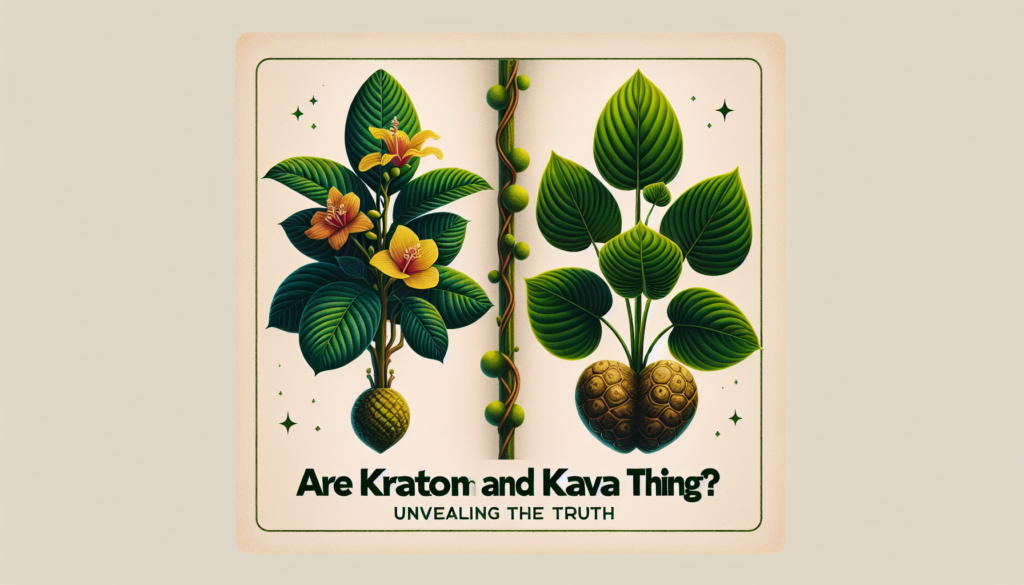
Summary of Legal Challenges and Acceptance
- Kava is gaining global acceptance as a natural and safe herbal product, with its legality largely unrestricted in the United States. However, some places regulate its use due to safety concerns, reflecting a cautious stance towards its consumption.
- Kratom faces more legal hurdles, particularly in the United States where its status varies significantly by state due to its opioid-like effects. Globally, it is widely regulated, with outright bans in several countries, underscoring the controversy surrounding its use and the need for informed decision-making by consumers.
Understanding the legal nuances of Kava and Kratom is essential for consumers, policymakers, and health professionals alike, as it influences accessibility, research, and public health policies.
Potential Risks and Considerations
When considering the use of kratom and kava, it’s essential to understand the potential risks and considerations associated with each. Both substances, while offering benefits such as relaxation and pain relief, come with their own set of side effects and health concerns.
Kratom Risks:
- Addiction and Tolerance: Regular use of kratom can lead to physical dependence due to its interaction with opioid receptors. Users may find themselves increasing their dosage to achieve the same effects, which can quickly spiral into addiction and withdrawal symptoms similar to traditional opioids.
- Withdrawal Symptoms: Symptoms can include nausea, vomiting, muscle aches, insomnia, and irritability, highlighting the need for caution and moderation.
- Severe Side Effects: High doses or long-term use can result in serious health issues such as confusion, seizures, high blood pressure, slow breathing, and potential cardiovascular damage.
Kava Considerations:
- Safe in Moderation: At low doses, kava is generally safe and has been used for many years with few side effects. However, high doses or prolonged use can lead to complications.
- Liver Damage: One of the most severe risks associated with kava is the potential for liver damage, which in some cases can be severe or even fatal.
- Kava Dermopathy: High doses can also cause a condition known as kava dermopathy, characterized by dry, scaly, and yellow-tinted skin.
- Withdrawal and Dependence: Although less addictive than kratom, kava can still lead to physical dependence and a withdrawal syndrome marked by anxiety, tremor, and sweating, emphasizing the need for responsible use.
Combined Use Risks:
- Mixing kratom and kava is strongly discouraged due to the potential for exacerbated side effects or unexpected adverse reactions. Users might experience muscle convulsions, loss of control over limbs and speech, and kava dermopathy, underscoring the importance of not combining these substances.
In summary, while kratom and kava offer therapeutic benefits, they are not without their risks. It is crucial to approach their use with caution, be aware of the potential for addiction and side effects, and consult healthcare professionals before incorporating them into any wellness routine.
Conclusion
Through this exploration, it becomes evident that kava and kratom, while harboring similarities in their use for relaxation and pain relief, embody distinct properties, origins, and implications for health and legality. The clarity provided on their differences, particularly regarding pharmacological effects, addiction potential, and legal status across various jurisdictions, underscores the necessity for informed decision-making when considering these substances for personal use. Highlighting the paramount importance of cautious application, the article delineates the nuanced landscape of using natural remedies like kava and kratom in contemporary wellness practices.
To navigate effectively the complexities these botanical products present, individuals must weigh their therapeutic benefits against potential risks and legal constraints. The considerations addressed herein serve as a foundational guide for those seeking alternative methods for managing stress, pain, and opioid dependence. As discussions around natural supplements and their integration into health regimens continue to evolve, further research and nuanced legal frameworks will undoubtedly enrich the dialogue, fostering safer, more informed choices among consumers.
References
Drug Fact Sheet Kratom https://www.dea.gov/sites/default/files/2020-06/Kratom-2020_0.pdf
Pantano, Flaminia, Roberta Tittarelli, Giulio Mannocchi, Simona Zaami, Serafino Ricci, Raffaele Giorgetti, Daniela Terranova, Francesco P. Busardò, and Enrico Marinelli. 2016. “Hepatotoxicity Induced by “the 3Ks”: Kava, Kratom and Khat” International Journal of Molecular Sciences 17, no. 4: 580. https://doi.org/10.3390/ijms17040580
Drug Fact Sheet Kava https://adf.org.au/drug-facts/kava/

